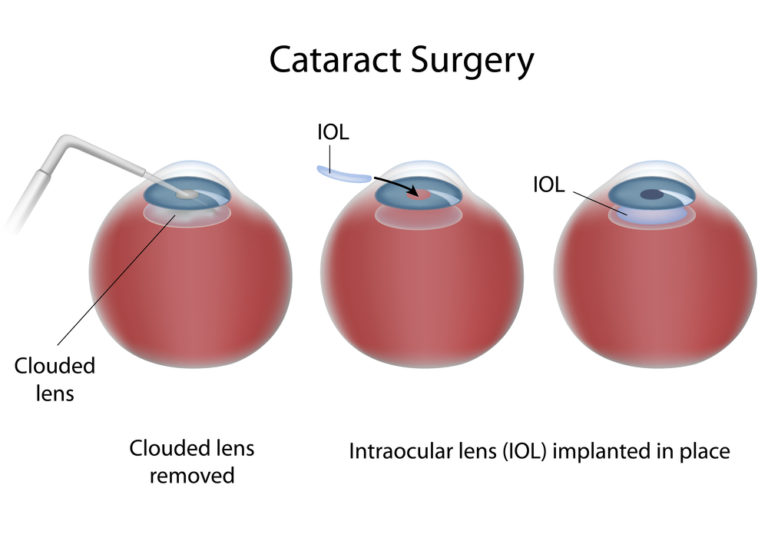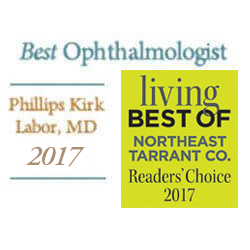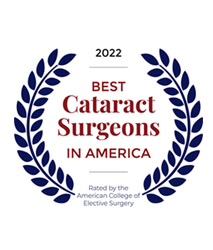Cataract
If you experience a clouding in your vision, it could be cataracts. This is perfectly normal and, in the majority of cases, easily treated with little or no discomfort. As cataract treatment advances, Eye Consultants of Texas is advancing with it. Phillips Kirk Labor, MD is a leading Dallas, Fort Worth and Grapevine cataract specialist with expertise in the very latest cataract procedures available. In fact, he has been the first in Texas or locally to use a number of these advanced procedures.

WHAT ARE CATARACTS?
Cataracts form when the naturally clear lens inside of the eye begins to opacify or "fog up,"" as protein builds up on the natural lens. This clear lens is responsible for letting light into the eye and refracting it onto the retina. As a cataract forms on the lens, light is no longer able to get into the eye, resulting in blurry vision. When left to progress, a cataract can generally cause blindness. Millions of Americans are affected by cataracts each day. Luckily, cataract surgery is extremely effective, quick and safe. In many cases, patients experience the best vision of their lives shortly after surgery.


















